
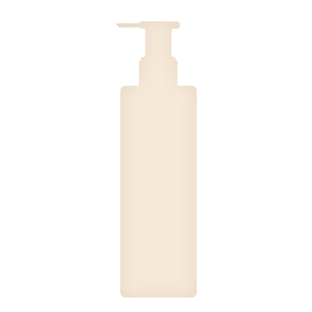
Please note that EWG obtains the displayed images of products from third parties and that the product's manufacturer or packager may change the product's packaging at any point in time. Therefore, EWG assumes no responsibility for the accuracy of images presented.
Close

EWG assumes no responsibility for the accuracy of images presented.
Sunscreens can break down while still in the bottle. To be safe dispose of products when the mixture clumps or separates.
This product contains chemical active ingredient(s) that the FDA does not have enough health safety data to classify as safe and effective: AVOBENZONE, HOMOSALATE, OCTISALATE, OCTOCRYLENE
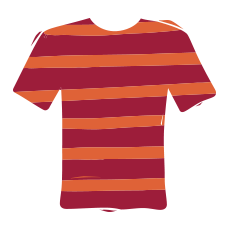

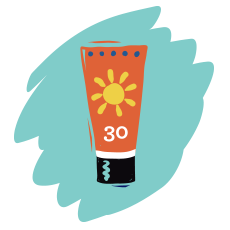



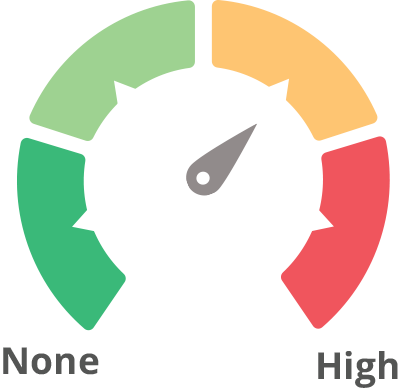
Retailers:La Roche Posay https://www.laroche-posay.us/
(EWG may receive a commission on purchases made through an Amazon link.)Ingredients from label Active Ingredients: Avobenzone 3.0%, Homosalate 5.0%, Octisalate 5.0%, Octocrylene 7.0%; Inactive Ingredients: WATER, GLYCERIN, SILICA, DIMETHICONE, NIACINAMIDE, PEG-100 STEARATE, GLYCERYL STEARATE, STEARIC ACID, ALLANTOIN, CERAMIDE NP, DIMETHICONE/VINYL DIMETHICONE CROSSPOLYMER, SODIUM HYDROXIDE, MYRISTIC ACID, PALMITIC ACID, AMMONIUM POLYACRYLOYLDIMETHYL TAURATE, DISODIUM EDTA, CAPRYLOYL GLYCINE, CAPRYLYL GLYCOL, CITRIC ACID, XANTHAN GUM, T-BUTYL ALCOHOL, CETYL ALCOHOL, TOCOPHEROL
Concerns: Allergies/immunotoxicity (low), Enhanced skin absorption, Use restrictions (moderate), Endocrine disruption (low), Biochemical or cellular level changes (high)
Concerns: Enhanced skin absorption, Use restrictions (moderate), Endocrine disruption (low), Non-reproductive organ system toxicity (moderate), Ecotoxicology (low), Contamination concerns (SALICYLIC ACID and TRIMETHYLCYCLOHEXANOL)
Concerns: Use restrictions (moderate), Persistence and bioaccumulation (high), Non-reproductive organ system toxicity (moderate), Ecotoxicology (low)
Concerns: Use restrictions (high), Non-reproductive organ system toxicity (moderate), Irritation (skin, eyes, or lungs) (low)
Concerns: Non-reproductive organ system toxicity (low), Contamination concerns (ETHYLENE OXIDE and 1,4-DIOXANE)
Concerns: Cancer (moderate), Persistence and bioaccumulation (moderate), Non-reproductive organ system toxicity (moderate), Irritation (skin, eyes, or lungs) (high), Occupational hazards (high)
Concerns: Cancer (low), Allergies/immunotoxicity (low), Use restrictions (moderate), Endocrine disruption (low), Contamination concerns (BENZOIC ACID, 4-T-BUTYLBENZOIC ACID, BENZALDEHYDE, P-ANISIC ACID, ACETOPHENONE, and DIBENZOYLMETHANE)
Concerns: Allergies/immunotoxicity (low), Use restrictions (moderate), Persistence and bioaccumulation (low), Ecotoxicology (low), Irritation (skin, eyes, or lungs) (low), Biochemical or cellular level changes (high)
Concerns: Use restrictions (moderate)
Concerns: Use restrictions (moderate)
Concerns: Cancer (low), Allergies/immunotoxicity (low), Endocrine disruption (low), Contamination concerns (HYDROQUINONE)
Concerns: Cancer (moderate), Use restrictions (low), Persistence and bioaccumulation (high), Non-reproductive organ system toxicity (low), Irritation (skin, eyes, or lungs) (low)
Concerns: Multiple, additive exposure sources (low)
Concerns: Irritation (skin, eyes, or lungs) (low)
Concerns: Multiple, additive exposure sources (low)
Concerns: Multiple, additive exposure sources (low)
Concerns: Enhanced skin absorption
Concerns: Use restrictions (low)
Concerns: Non-reproductive organ system toxicity (moderate)






UVA/UVB Balance
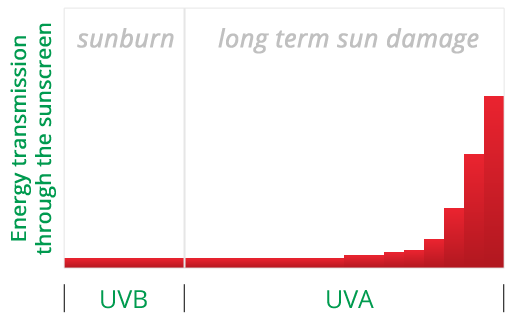
EWG's estimate of the UV protection provided by this product. An ideal sunscreen filters UVA and UVB rays evenly, but some sunscreens let too many UVA rays through.
Close